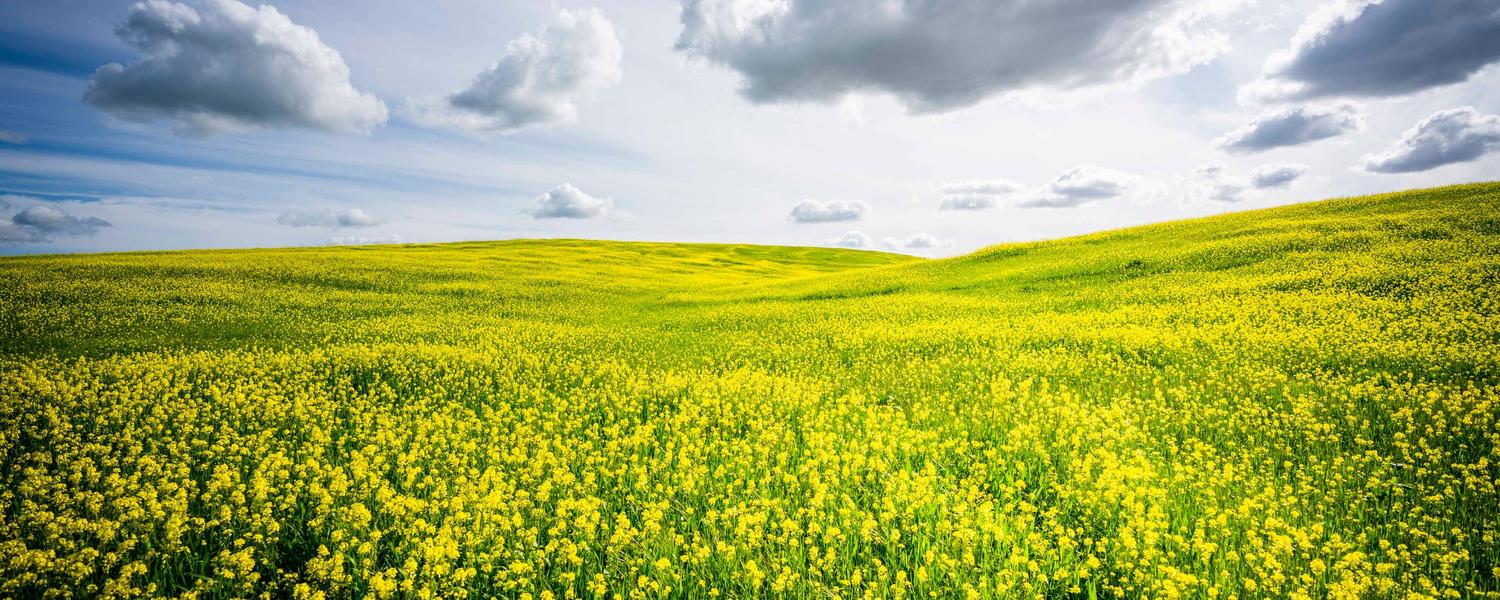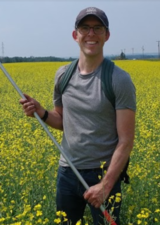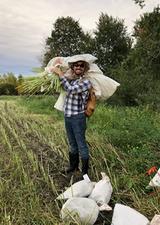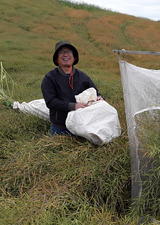
Biodiversity, conservation, and production in prairie agro-ecosystems
How can we manage to feed a growing world while also preserving biodiversity?
The conversion of land to high-intensity agriculture has increased immensely over the past century, and agriculture currently makes up a third of the ice-free surface of our planet. This has reduced habitat for wild animals and plants, and has been implicated in decreases in global biodiversity. At the same time, agriculture is increasingly important for feeding our growing population, and faces challenges to stability during the era of human-caused climate change. How can we manage to feed a growing world while also preserving biodiversity? Our lab combines biodiversity data, remote sensing, and geostatistical analysis to answer important questions about how we can manage agricultural landscapes for both crop yield and biodiversity, specifically:
- Where do insects and other invertebrates live in agricultural landscapes?
- How does landscape structure influence invertebrate communities?
- How do invertebrates influence crop yield in fields?
We have one of the largest collections of invertebrates in western Canada, collected across different agricultural landscapes in Alberta. Using this collection, as well as techniques from landscape ecology and remote sensing, we ask how invertebrate communities are influenced by landscape composition. This will identify what landscape features (e.g. remnant grasslands, forests, wetlands) contribute to overall biodiversity on farms, and will help growers and land managers to target areas of conservation value within actively farmed landscapes. Our work also examines the restoration of wetlands and grasslands, and the time scales required to restore pollinator and plant communities to a semi-natural state.
In addition to biodiversity, invertebrates can also provide helpful ecosystem services to farmers – such as pollination or pest control – but there is little data on this at larger spatial scales. Could some landscape features help to boost or stabilize crop yields? Our work uses whole-field precision yield data collected by harvesters in order to relate landscape composition to crop yield, with the aim to provide information on how the presence of non-cropped landscape features influence crop yield. We have extended this to even larger spatial scales using satellite data, allowing us to examine crop yield patterns over the scale of entire counties.
Summary:
We look for “win-win” strategies in agricultural landscapes that can conserve biodiversity and maintain crop yield!
Project Team

Paul Galpern, PhD
Associate Professor, Department of Biological Sciences




